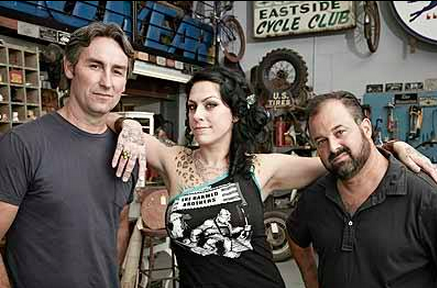Why Words Matter When Building Organizational Culture
As a people manager, consultant and coach, I continue to be amazed by the fact that so many people fail to recognize the power of their words. Maybe ‘amazed’ is not the right word. Disappointed might actually be the better word. Disappointed that so-called people managers and/or leaders disregard the power of the words that they choose when communicating with subordinates and/or even peers.
Organizational culture has been on my mind a lot lately. Working closely with clients and organizations experiencing change can cause that to happen.
Unintentional or Intentional Word Choice
Unintentional:
There is an argument that word choice is completely unintentional. In this case, people might not take the time to stop and think about the words they are selecting in the heat of the moment when sending an email, letter or even when having a face-to-face with someone.
People are busy and they really may not realize the words they are using result in people feeling embarrassed, demeaned, humiliated or even angry. Things of course are complicated further by who else sees/hears the conversation unfold and who actually uses the words.
For example, as a people manager I may realize that employee A is not as reliable as employee B in delivering and I need to get a project completed for an important deal to come to fruition. I could say:
“Employee A, I really need you to step aside and hand over your work on Project X to Employee B because he will get it done correctly and on time. Whereas you will need a lot of handholding and prodding just to get it done. I have something else I can get you to work on instead.” And of course I am saying this in a team meeting with everyone listening.
Or, I could say….
“Employee A, I really need your help with a new initiative because you are very strong in a, b, and c, which is essential for success. This overlaps with Project X so I was thinking that Employee A could take that on. Why don’t the three of us meet after this to discuss how we can make both priorities a success and support each other?”
See/hear the difference? Not only am I not embarrassing or diminishing the person, but I am actually focusing on what the person is good at. If you want to promote and develop a great work culture, you must have both: the right words and positive reinforcement. [Click to Tweet]
Intentional:
Of course there is also the intentional choice of using particular words. This can be both a positive, which is really the second example above, or a really negative. In the latter, a person is deliberately choosing words to hurt and diminish someone. In an organization that promotes its culture as being ideal, this would seem to not align. And, if in fact it was intentional, it is likely that the culture is not what management claims it to be. This is a red flag. Morale is likely low and people will not be as productive. Turnover will be high and internal cliques will be obvious.
Here is an example of someone deliberately intending to demoralize an employee:
“Donna, despite accomplishing everything that was set out for you to do last year and exceeding established KPIs, we don’t support your promotion. We think another person could do it better. We recognize your hard work though, so we expect you to continue to manage the projects until complete. This will give us time to train your new manager. Maybe next time!”
How would you feel as an employee hearing this? Probably not very good. Despite accomplishing everything and exceeding expectations in terms of results, you aren’t getting promoted. This does not match.
Or, how about this follow-up request two months later?
“Donna, since you managed this project until being replaced, attached are the vendor assessment forms that need to be completed. Fill them out and return to me by the date noted. Be sure to cc your new boss!
If your goal is to have people fully engaged and supporting the organization, this is not the best way to do that.
As a people manager or someone with influence such as HR or an executive assistant, your words can cut deeply. While frank and candidate conversations need to happen, there are better ways to do it, including the location and of course: the right words. You are not doing anyone any favours bringing a person down. In addition to demeaning a person, this behaviour is also sending a signal to the rest of the team that:
- it is acceptable to embarrass others
- it is acceptable to make sure others know of the embarrassment
- if you don’t deliver the way I want you to, then you might be next
- working in fear is acceptable in our culture.
Something to Remember:
High-performing organizational cultures don’t just happen. Everyone from top to bottom and bottom to top have to live the goals and objectives. People need to be aware and coach each other to make it happen. Bad behaviour, including deliberately demeaning people should not be accepted. Good leaders get to the bottom of it. What is the root cause? Is it the real culture coming through, or is it simply that a person or person hasn’t really been coached on what the organization’s culture is to be. Word choices need to be deliberate to bring people up versus bringing them down.
High-performing organizational cultures don’t just happen. People make them happen. Words matter. [click to Tweet]
Remember, words matter. Be selective. Act with purpose and meaning. Bring people up rather than pushing them down!
Have thoughts on how words matter, I would love to hear.








